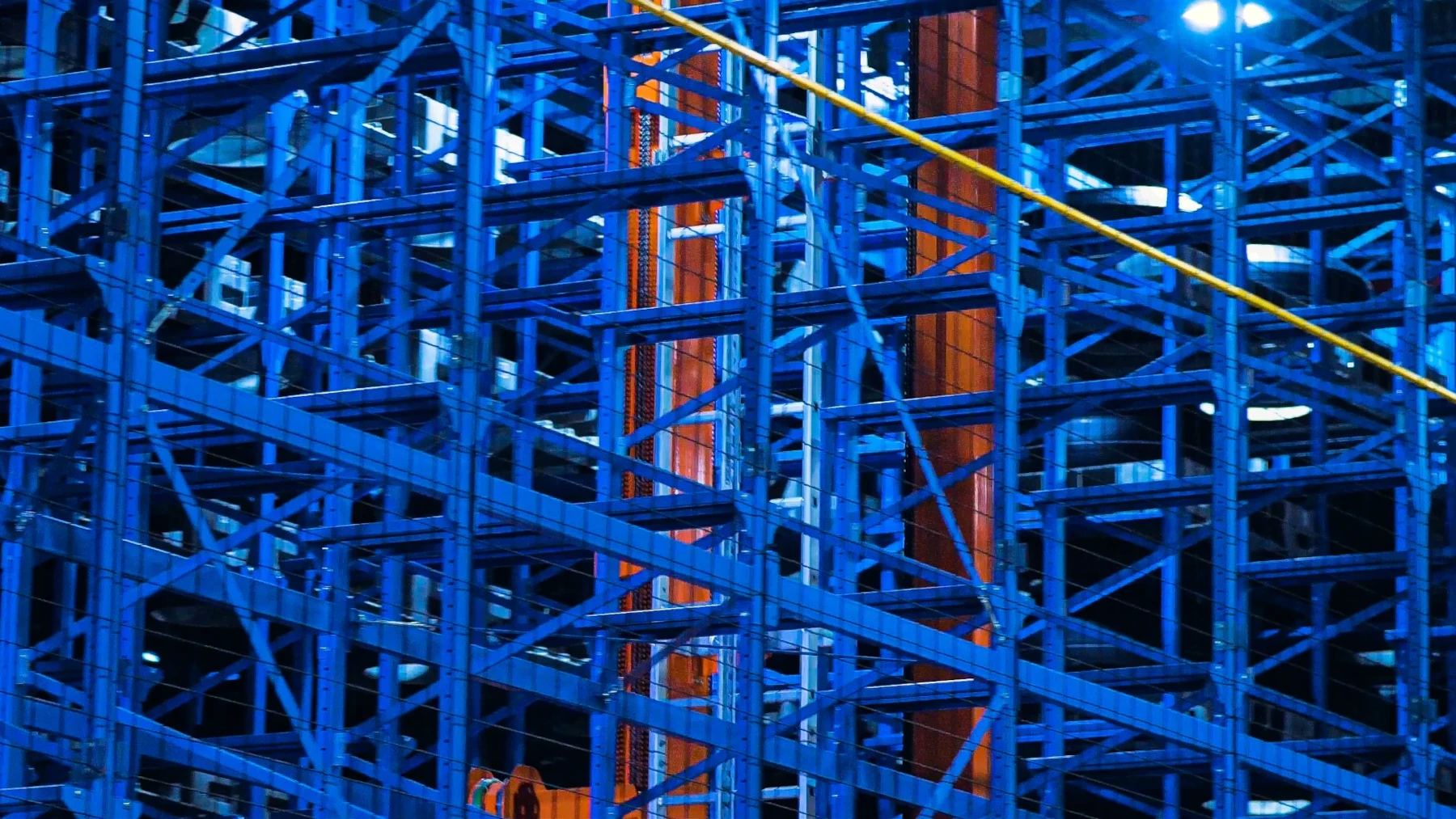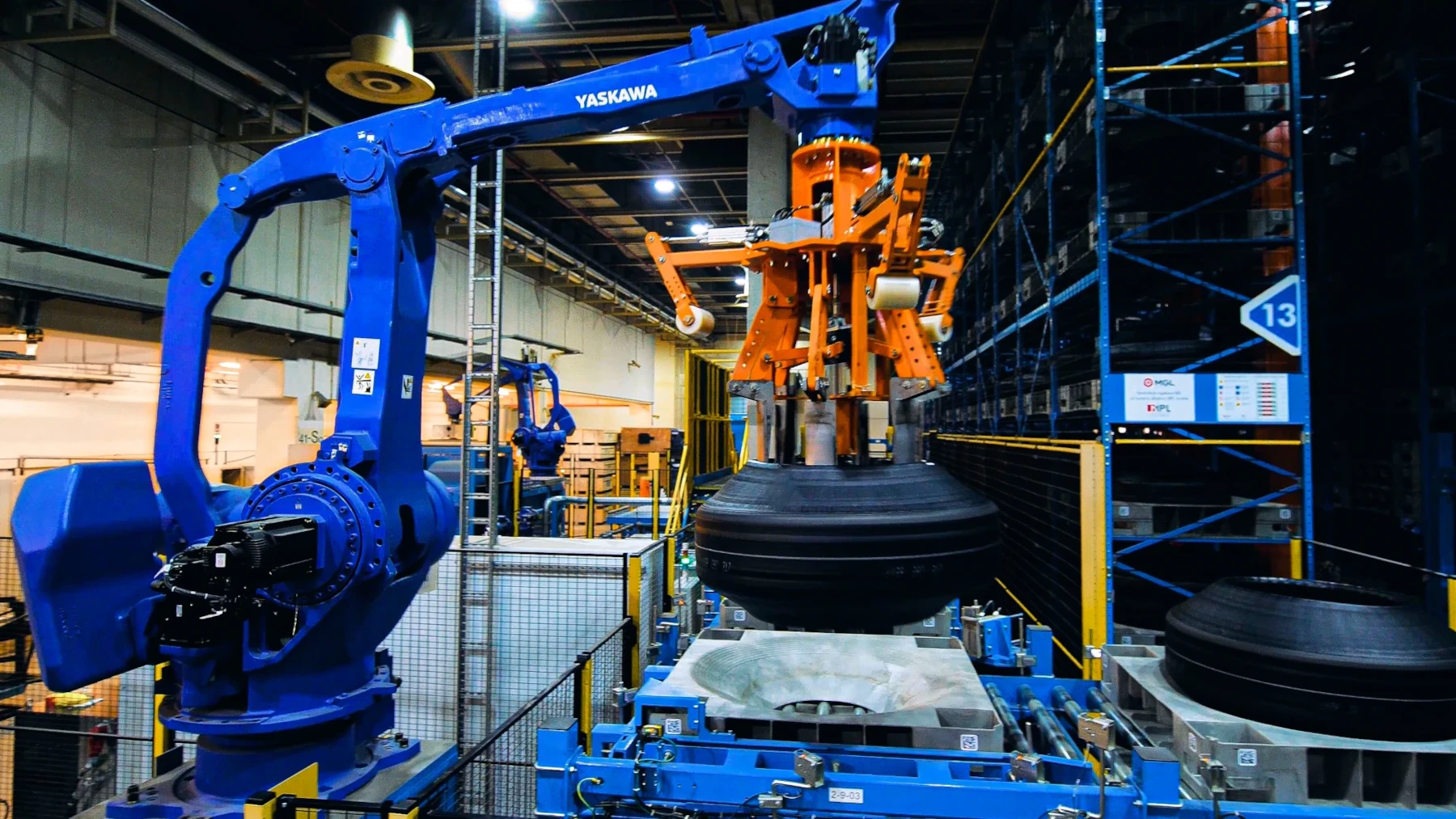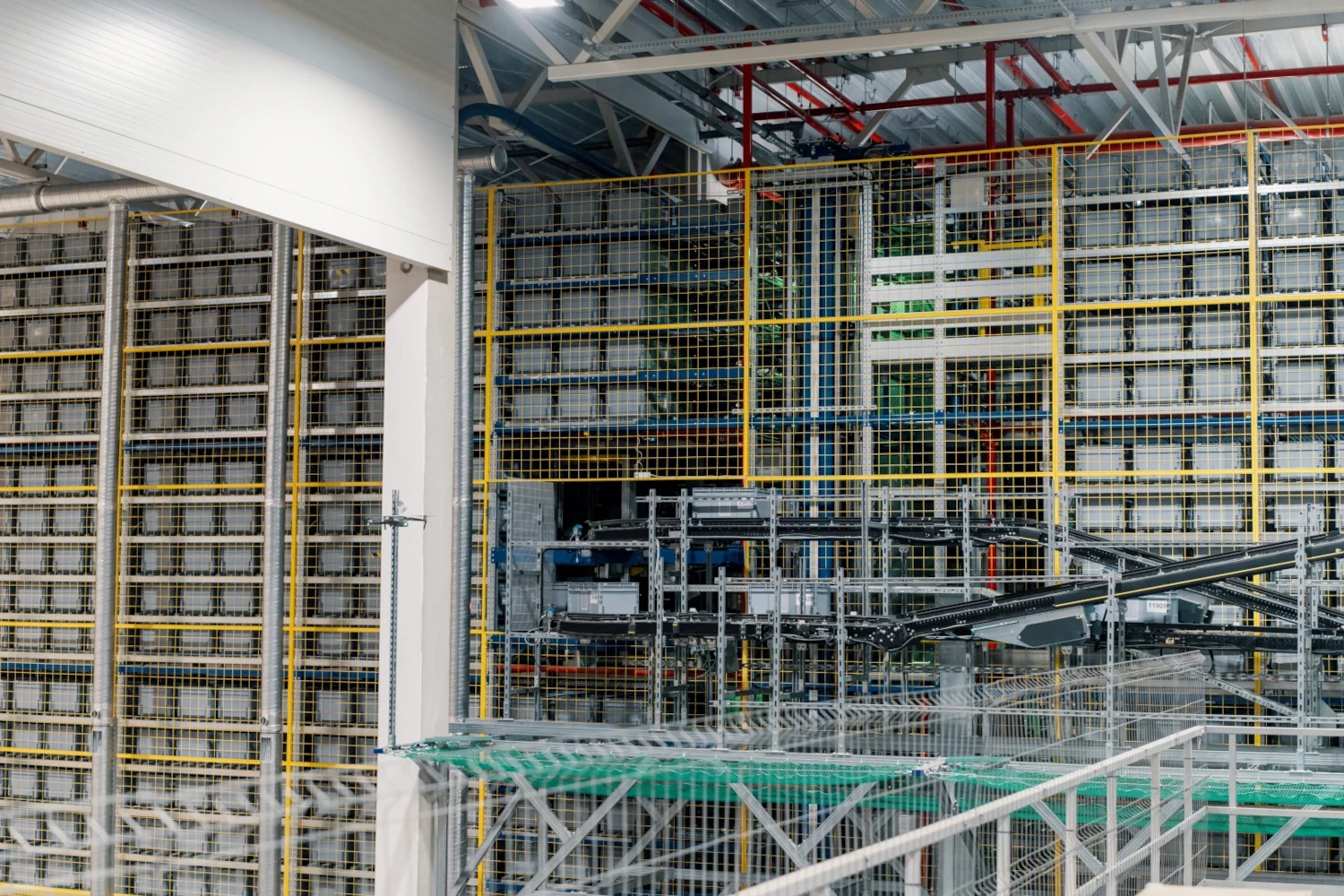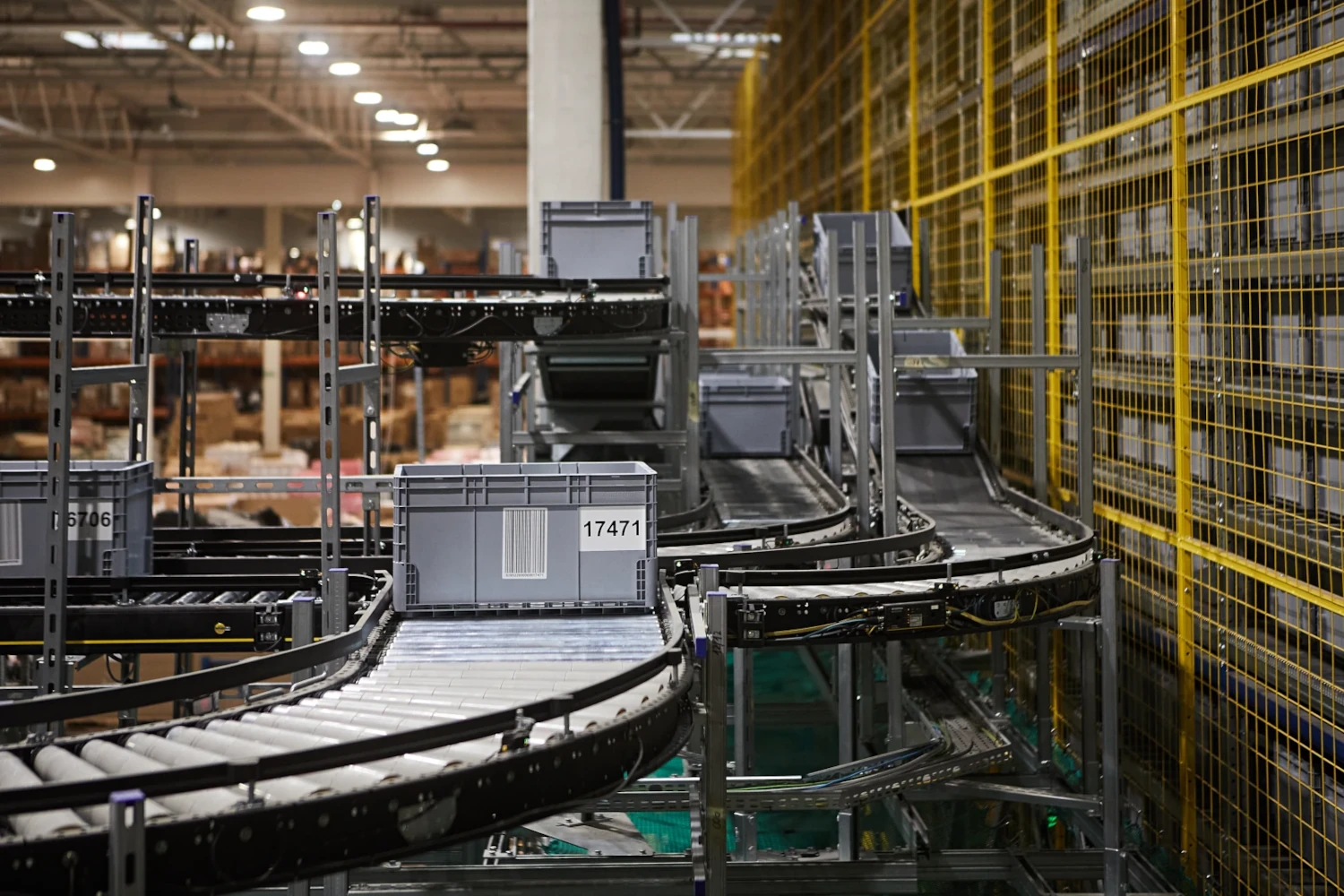High-bay warehouse automation – when, for whom, and why it pays off
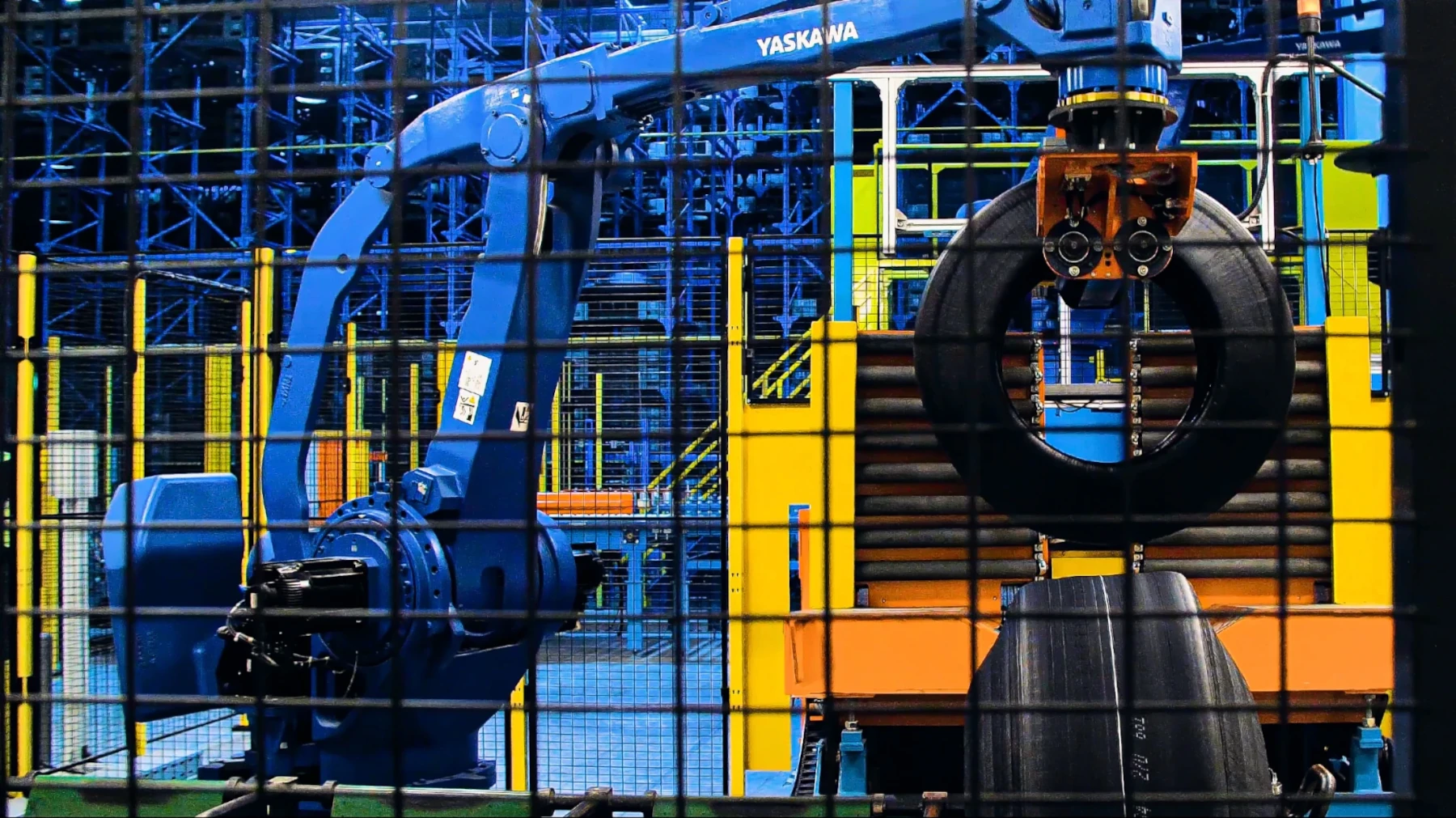
A few years ago, the owner of an e-commerce company opened a warehouse. At first, all operations were carried out manually. Over time, the business invested in modern equipment, including warehouse trucks, which significantly improved efficiency. However, space in the warehouse began to run out, and major expansion was not an option due to limited space. That’s when the company decided to implement a fully automated high-bay warehouse. This change completely transformed the business. In this article, we explain when and for whom such automation makes sense.
High-bay warehouse automation – what is it?
In a high-bay warehouse, goods are stored at heights reaching several dozen meters. Racks form the walls of narrow aisles, and the available area is maximized vertically. More and more businesses are choosing to automate their high-bay warehouses, meaning the implementation of mechanical and IT systems that take over control of:
-
picking up and placing loads,
-
transporting goods between warehouse zones,
-
managing storage locations,
-
optimizing flows.
In practice, this means warehouse stacker cranes, conveyors, vertical lifts, and other intralogistics solutions. These elements together make up an automated high-bay warehouse.
High-bay warehouse automation – safety and convenience first
Not every warehouse should be fully automated. But if:
-
your logistics center handles tens of thousands of pallets or goods,
-
operations run 24/7,
-
goods turnover is intensive,
-
there’s a shortage of manual labor,
-
and errors are costly,
…then automation becomes a profitable, sensible, and well-informed business decision.
It’s particularly beneficial for:
-
logistics operators,
-
manufacturers with high inventory volumes (e.g., food and automotive industries),
-
companies requiring high product traceability and short picking times,
-
investors who want to create safe warehouses prepared for handling large volumes without issues.
Does high-bay warehouse automation always look the same?
Not really. This process can take different forms, such as:
-
implementing conveyor systems and buffers,
-
automating selected, specific zones,
-
integrating with a WMS system.
Lifts and conveyors – the backbone of warehouse automation
Automation often involves vertical lifts and automatic conveyors – roller, chain, or belt. Vertical lifts enable fast transport of pallets, cartons, or containers between floors. They can be integrated with many other warehouse devices, further improving workflow.
Conveyors, on the other hand, support the automatic movement of goods over long distances – from the loading dock, through a buffer, to the rack. They improve safety (no forklifts in narrow aisles) and create fully automated logistics chains. They also optimize the arrangement of goods in the warehouse. Operation is supported by controllers and sensors, which manage movement and stop loads at defined points.
Well-designed conveyor and lift systems shorten cycle times and eliminate downtime. What’s more, they come in modular versions, so they can be adapted to the existing building layout.
What are the benefits of high-bay warehouse automation?
First, the owner makes better use of the building’s height, allowing more goods to be stored without investing in costly reconstruction. Second, automated systems work quickly, precisely, and without breaks – even around the clock.
Third, automation reduces manual work, lowering the risk of errors and accidents. Fourth, the equipment can be easily integrated with management systems, giving control over every stage of operations. These are scalable solutions – you can start with partial automation and expand to full automation over time.
Automation as a dense storage process – creating systems that make full use of space
Automating warehouse processes is a smart choice when you want to increase your company’s efficiency. With automated systems, you can achieve faster goods receiving, better inventory management, and more efficient order fulfillment. Automation ensures optimal use of warehouse space and better management of storage zones and transport routes.
A modern automated warehouse is based on integrating advanced technology, digital process management, and the automation of storage and transport. These solutions not only streamline warehouse and logistics operations but also improve safety for both employees and goods.
System integration provides a seamless connection between production, warehousing, and transport processes. Automation makes it possible to optimize intralogistics, fully utilize the available warehouse space, and unlock the potential of every automated warehouse.
At MPL Techma, we don’t sell “one-size-fits-all” solutions. We start with analysis – both of processes and of technical, economic, and staffing constraints. We support our clients from concept through implementation and service.
If you’re considering high-bay warehouse automation and want to know whether it’s the right solution for you – ask us. At MPL Techma, we start with conversation, data, and analysis. Then we build solutions that support warehouses for decades.
Get in touch with us!



